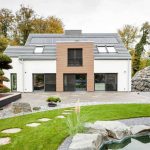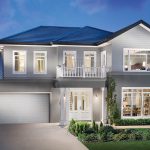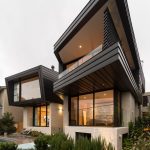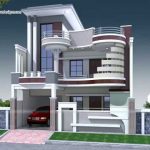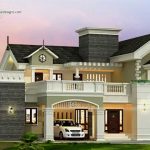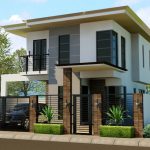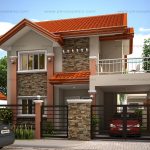As an Amazon Associate I earn from qualifying purchases.
Contemporary home design has come a long way since its inception in the mid-20th century. What started as a rejection of traditional architectural styles has now evolved into a diverse and dynamic field that incorporates elements from a wide range of influences.
One of the key characteristics of contemporary home design is its emphasis on clean lines and minimalist aesthetics. This rejection of ornate decoration and cluttered spaces was a reaction to the excesses of previous architectural styles, such as Victorian and Baroque. Instead, contemporary homes prioritize simplicity and functionality, creating spaces that are efficient and streamlined.
Another defining feature of contemporary home design is the use of modern materials and technology. Advances in building materials and construction techniques have allowed architects and designers to push the boundaries of what is possible in terms of form and structure. Glass, steel, and concrete are commonly used in contemporary homes, giving them a sleek and futuristic appearance.
In addition to these materials, contemporary home design often incorporates sustainable and environmentally-friendly features. Energy-efficient appliances, solar panels, and passive heating and cooling systems are just some of the ways that contemporary homes can reduce their environmental impact. This emphasis on sustainability reflects the growing awareness of the importance of preserving the planet for future generations.
Contemporary home design is also characterized by its flexibility and adaptability. Many contemporary homes are designed to be easily customizable and adaptable to changing needs and lifestyles. Open floor plans, modular furniture, and multifunctional spaces are just some of the ways that contemporary homes can be tailored to suit the needs of their inhabitants.
In recent years, there has been a trend towards incorporating elements of nature into contemporary home design. Biophilic design, which seeks to reconnect people with the natural world, is becoming increasingly popular in contemporary homes. Features such as living walls, indoor gardens, and expansive windows that frame views of the outdoors are all ways that contemporary homes can bring the beauty of nature indoors.
Overall, the evolution of contemporary home design has been a journey of innovation and experimentation. Architects and designers continue to push the boundaries of what is possible, creating homes that are both functional and visually striking. With its focus on simplicity, sustainability, and flexibility, contemporary home design is sure to remain a popular choice for homeowners for years to come.
Amazon and the Amazon logo are trademarks of Amazon.com, Inc, or its affiliates.
 yonohomedesign.com Garden and Interior Design Ideas
yonohomedesign.com Garden and Interior Design Ideas
